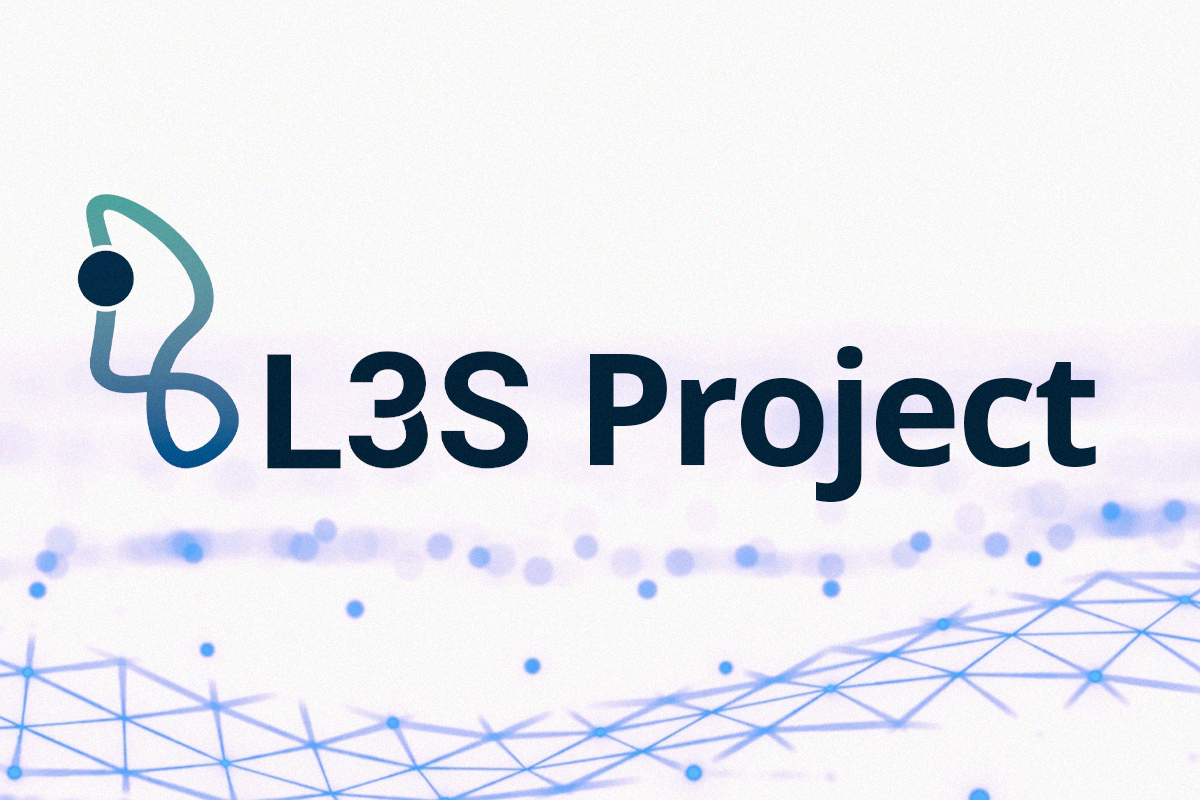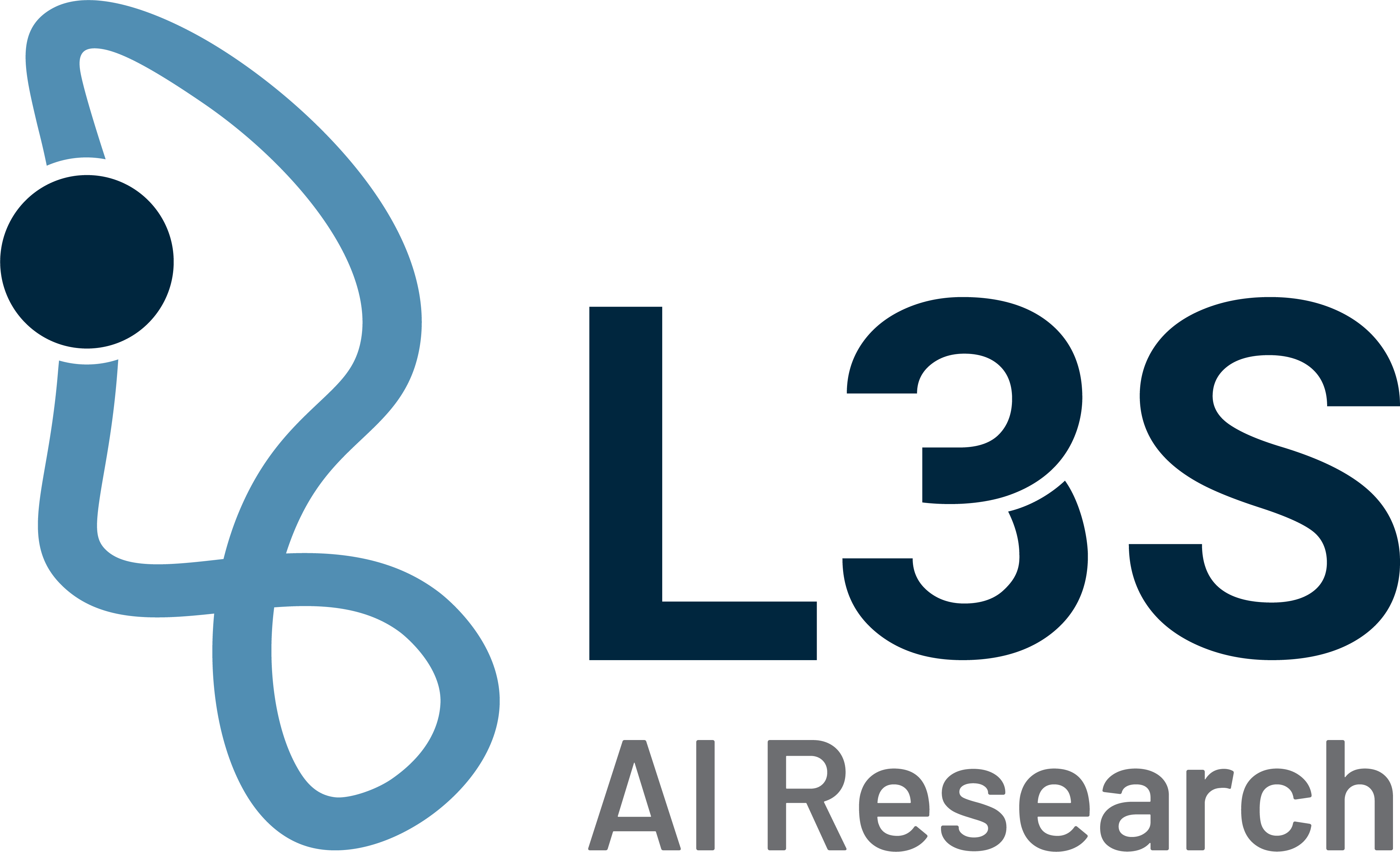AID-PAIS
AI Driven integration of multimodal Omics and Clinical data for Enhanced Understanding of Post-Acute Infection Syndromes
The prevalence of PAIS (Post-acute infection syndrome) remains poorly understood, highlighting the need for deeper insights into its biological mechanisms. In this project we aim to address the challenges of high-dimensional medical data: whereas clinical datasets typically contain few features, imaging and omics datasets are extremely high dimensional. We will explore deep learning based feature extraction and foundation models to learn compact representations capturing the intricate dependencies among features. For imaging, we will first leverage existing models trained on ImageNet, followed by investigating models specifically trained on MRI brain image data, pertinent to Long COVID/PAIS. We will explore various model architectures, such as convolutional neural networks (CNNs) and vision transformers (ViTs) and develop a bespoke model where appropriate.
For omics data, we will assess DNA- and RNA- based foundation models and their applicability to PAIS cohorts, including opportunities for causal mechanism discovery. Additionally, we plan to leverage trained models to enlarge the cohort size by identifying additional samples within the UK Biobank that align with the PAIS classification but are not currently classified as such.
BMBF (Federal Ministry of Education and Research) – Computational Life Sciences – Digital Methods for the Study of Post-Acute Infection Syndromes
- Hannover Medical School
- Helmholtz Centre for Infection Research
- Centre for Individualised Infection Medicine
- Hannover Unified Biobank
- Peter L. Reichertz Institute for Medical Informatics




